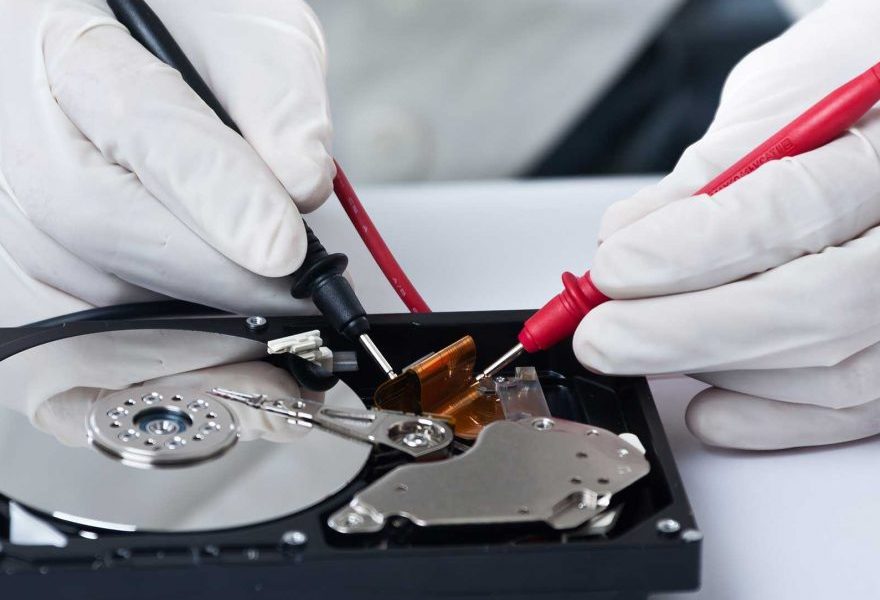Solid-State Drive, aka SSD, is a widely used storage medium nowadays. It greatly surpasses traditional hard drives in reading and writing speed, power consumption, longer life, etc. And for years, Data Recovery SSD has been applied to MacBook Air and MacBook Pro to improve performance. In the latest models, the SSD is even integrated into the motherboard, forming a single piece.
Despite this, MacBook SSD can also fail you sometimes, such as MacBook Pro SSD not mounted in Disk Utility, MacBook SSD excessively worn out, etc. A faulty SSD presents a risk of Data Recovery loss on your Mac. And the worst part is that Data Recovery from SSD is more difficult than from HDD. We will come back to this later.
When you realize that there are missing files on MacBook SSD, or you delete files by mistake, you wonder how to get them back . Then this post is for you, it tells you if you can recover lost data and how to do it.
You can easily recover deleted files on Mac before emptying Trash. Once you empty the Trash or choose to bypass the Trash and permanently delete files from a Mac SSD, data recovery becomes more complicated.

There is a huge difference in how an SSD and an HHD (hard disk drive or mechanical drive) perform when a file is deleted. In the case of a deletion on an HHD, the sectors where the file was stored will be marked as available. In fact, almost always the deleted file will remain on the media until a new file takes over the sectors that belonged to the deleted file . This means that previous Twitter data is overwritten. This interval makes data recovery possible.
However, if a file is permanently deleted from the SSD and the TRIM function is enabled , it will erase the data the next time the computer goes to sleep so that the sectors are ready for use. TRIM is an ATA (Advanced Technology Attachment) command. If this feature is enabled, it will be much more difficult to recover deleted files from MacBook SSD.
